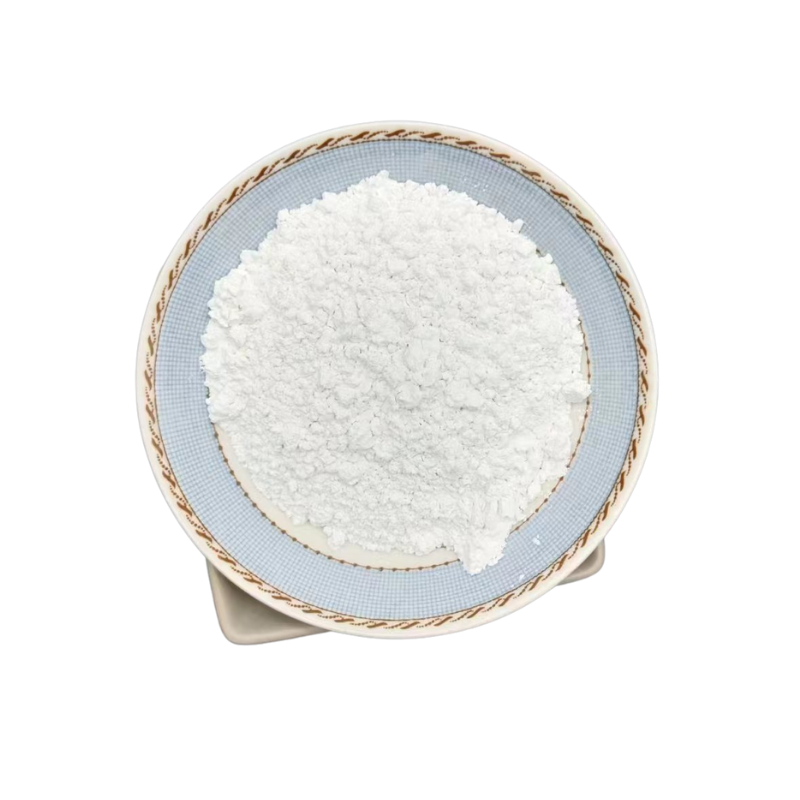
Tailored Fly Ash Class F Solutions for Enhanced Construction Performance and Sustainability
Custom Fly Ash Class F A Sustainable Solution for Construction
In the realm of construction materials, sustainability and performance are paramount. With the increasing emphasis on environmentally friendly practices, fly ash has emerged as a significant player, particularly Class F fly ash. This pozzolanic material, a byproduct of coal combustion, not only enhances the properties of concrete but also contributes to a more sustainable construction industry. The advent of custom fly ash Class F represents a tailored approach to leveraging the unique benefits of this material, catering to specific project requirements while promoting ecological integrity.
Understanding Fly Ash
Fly ash is a fine particulate material produced during the combustion of pulverized coal in electric power plants. Once captured, it is classified into two primary categories Class F and Class C. Class F fly ash is defined by its pozzolanic properties and typically originates from anthracite or bituminous coal. It contains silica, alumina, and iron, which react with calcium hydroxide at room temperature to form compounds possessing cementitious properties. This makes Class F fly ash an excellent resource for enhancing the performance of concrete and other construction materials.
Benefits of Class F Fly Ash
The use of Class F fly ash in construction offers numerous advantages. Firstly, it improves the workability of concrete, making it easier to mix and pour. This characteristic is especially beneficial for complex projects requiring intricate molds. Secondly, Class F fly ash contributes to the strength and durability of concrete, enhancing its resistance to harsh environmental conditions, including sulfate attack and alkali-silica reaction. Furthermore, the inclusion of fly ash reduces the heat of hydration during the curing process, minimizing the risk of thermal cracking in large structures.
custom fly ash class f

Another significant benefit of Class F fly ash is its ability to reduce the carbon footprint of concrete production. By substituting a portion of Portland cement with fly ash, the overall demand for cement is lowered, resulting in reduced greenhouse gas emissions associated with cement manufacturing. This aligns with global efforts to promote sustainable construction practices and combat climate change.
Custom Fly Ash Class F
The concept of custom fly ash Class F takes these benefits a step further. By tailoring the properties of fly ash to meet specific performance criteria, it is possible to address the unique challenges presented by different construction projects. Customization can involve adjusting the fineness, chemical composition, and pozzolanic reactivity of the fly ash. For example, a project requiring high early strength concrete may benefit from a finely milled Class F fly ash that reacts more readily to enhance the development of strength within the initial curing phase.
Moreover, utilizing locally sourced fly ash allows for reduced transportation emissions and supports regional economies. This localized approach not only minimizes environmental impact but also ensures that the fly ash used is suited to the specific materials and conditions of the project site.
Conclusion
The adoption of custom fly ash Class F in construction represents a significant advancement towards achieving a more sustainable and efficient construction industry. By leveraging the unique properties of Class F fly ash, engineers and builders can enhance the performance of concrete while simultaneously reducing the ecological footprint of their projects. As the construction industry continues to evolve, embracing such innovative materials will be crucial in addressing the challenges of sustainability and resource efficiency. The future of construction lies in solutions that not only meet the demands of today but also ensure a greener tomorrow, and custom fly ash Class F stands as a testament to this vision.
Share
-
Premium Pigment Supplier Custom Solutions & Bulk OrdersNewsMay.30,2025
-
Top China Slag Fly Ash Manufacturer OEM Factory SolutionsNewsMay.30,2025
-
Natural Lava Rock & Pumice for Landscaping Durable Volcanic SolutionsNewsMay.30,2025
-
Custom Micro Silica Fume Powder Manufacturers High-Purity SolutionsNewsMay.29,2025
-
Custom Mica Powder Pigment Manufacturers Vibrant Colors & Bulk OrdersNewsMay.29,2025
-
Custom Micro Silica Fume Powder Manufacturers Premium QualityNewsMay.29,2025






